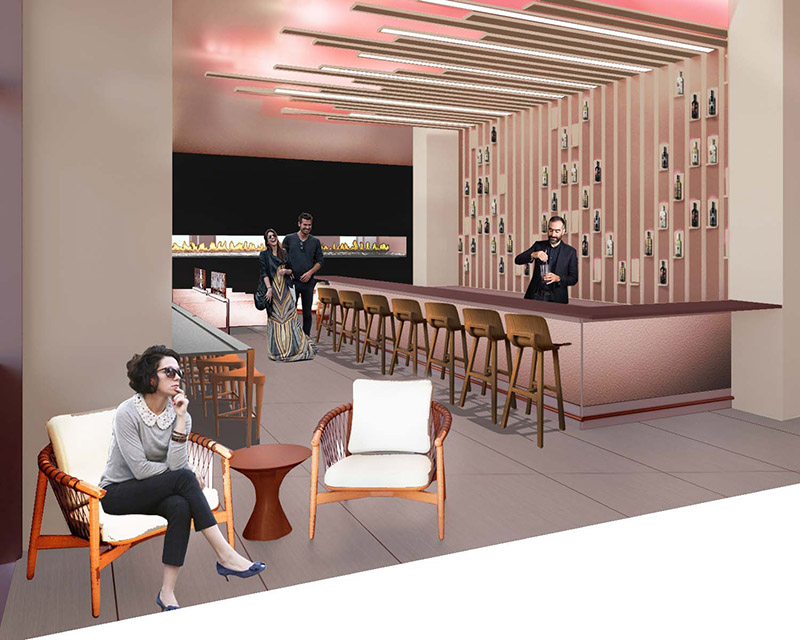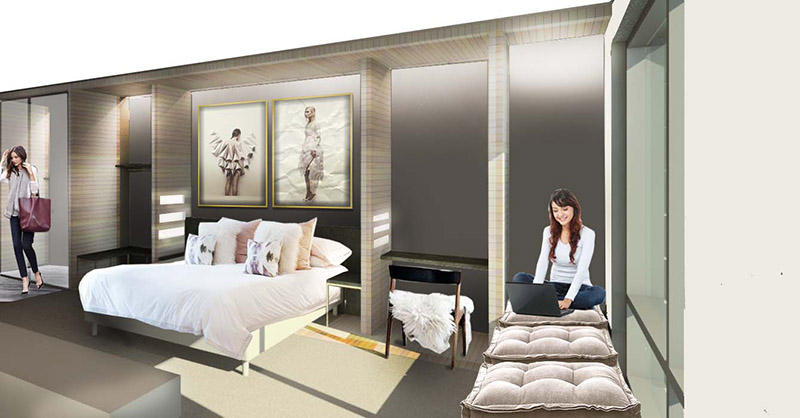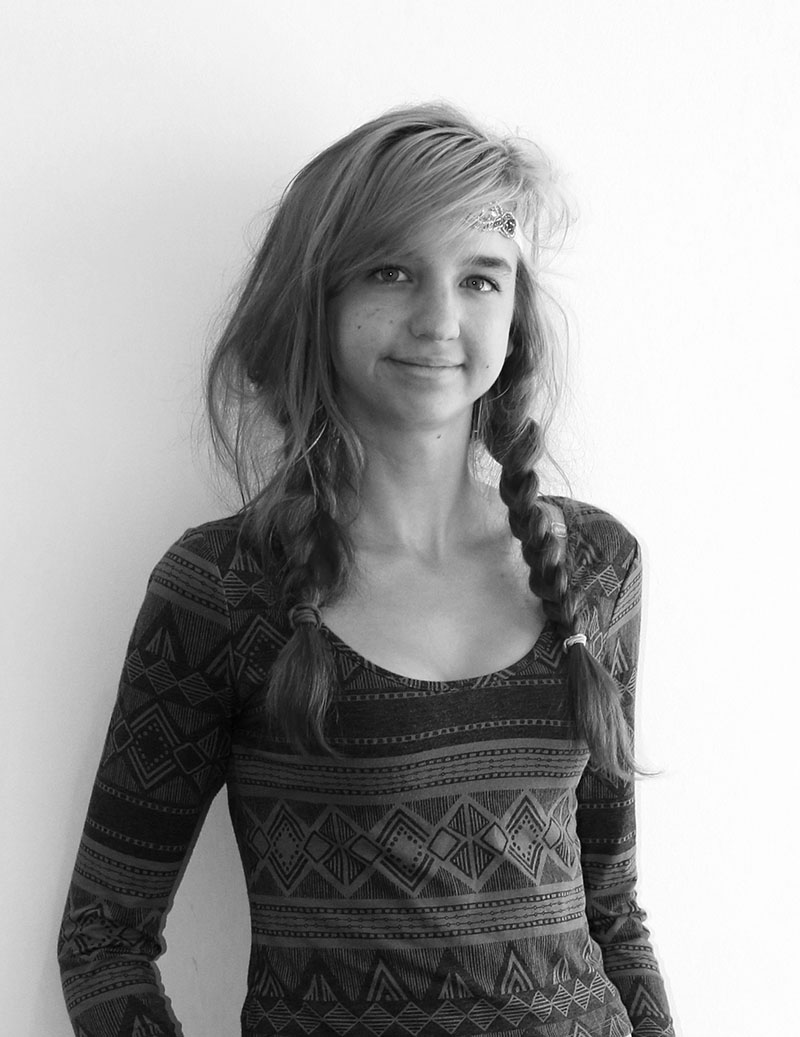By Alex Gladden
Christine Wass sat on a bench in between two buildings, rocks crunching beneath her feet. She pushed a dark strand of hair behind her ear and was transported back to Phoenix.
Wass, a fourth-year interior design student in the Fay Jones School, submitted her hotel design, based in Phoenix, Arizona, to a competition held by the prestigious Angelo Donghia Foundation. She and another interior design student, Jessica Baker, were among 15 students to recently receive the Foundation 2016 Senior Student Scholarship Award. Each was awarded $30,000 by the Donghia Foundation.
Wass plans to use the money to pay for her schooling and to study abroad, hopefully in Copenhagen. Her parents have three children to put through college. On top of that, Wass’ scholarships ran out last year. The money will do much to relieve her family’s financial burden.
Wass said she was completely surprised that she won the competition.
“It was just kind of like an affirmation that I can do this,” Wass said. “I can design. It’s possible.”
Wass’ project was sited in Phoenix, and she designed her hotel around the concept of the mythical bird, the phoenix. She split her design into three sections: life, death and rebirth.
“The lobby was representative of the larger-than-life qualities that the bird has,” Wass said.
The lobby features a gabion wall with regional rocks, a custom corten-steel arrow light installation and custom wooden mosaic flooring detail. Strong shapes and forms and oversized art add to the liveliness of the area.
When guests enter through the west entrance of the hotel, they are greeted with an installation made up of downward pointing arrows that shower them with light. The arrows represent the hot rains of the desert.
 The Afterlife Bar and Restaurant, event space and escalator represent the aspect of death.
The Afterlife Bar and Restaurant, event space and escalator represent the aspect of death.
“Exploring the darker side of the phoenix’s life cycle, the Afterlife Bar and Restaurant conceptualizes the realm our souls enter upon death,” Wass said.
In the bar-restaurant, the sun fills the room through highly detailed acrylic screens.
Light also enters the room from custom wine racks that fade from white to pink as the day progresses. Wass used this to incorporate Arizona culture, the idea that when the skies are pink, it’s time to drink.
Rebirth is symbolized in the guest rooms, which are characterized by their ethereal and airy qualities.
Wass placed an emphasis on the powers of the rejuvenating bathing process. The materials in the room are translucent or gently reflective to create a soft light.
 When Wass finished her project, she presented it to her professors and classmates. After all the students had presented their projects, the professors chose two students, Wass and Baker, to submit their designs to the Donghia competition.
When Wass finished her project, she presented it to her professors and classmates. After all the students had presented their projects, the professors chose two students, Wass and Baker, to submit their designs to the Donghia competition.
Wass said the process was a nerve-racking experience. She submitted her project through posters that included a materials pallet board. Creating that board was her favorite part of the project.
“I love putting things together and stacking and making things,” Wass said.
Winning the competition made all of Wass’ effort worthwhile.
“You just buckle down and work really hard,” Wass said.

